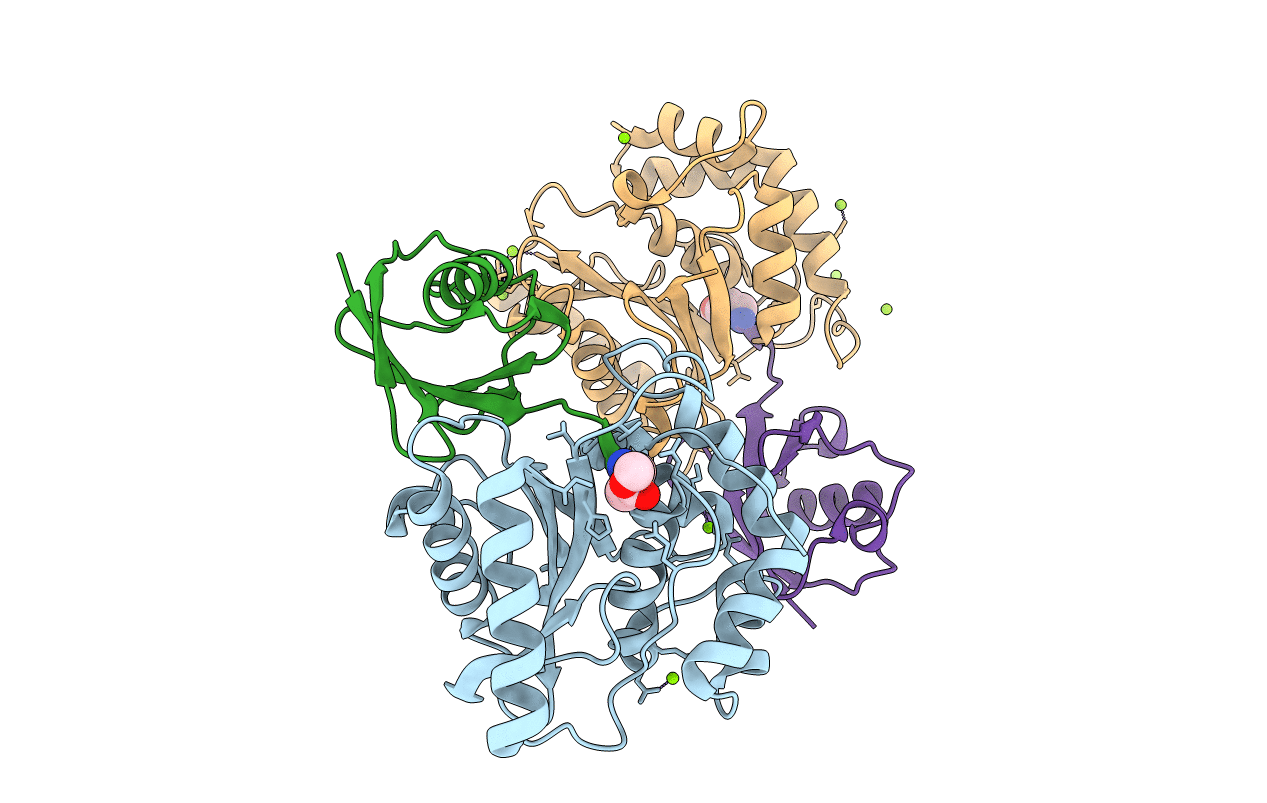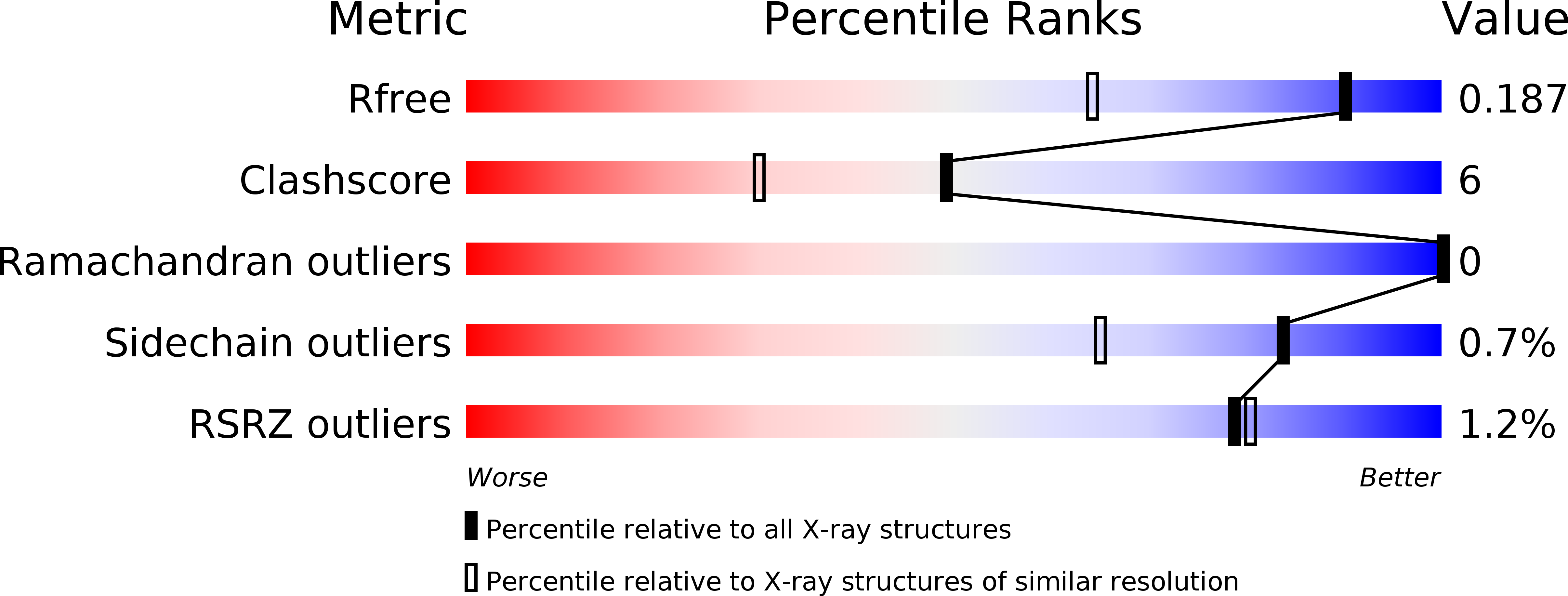
Deposition Date
2004-09-03
Release Date
2004-11-23
Last Version Date
2023-11-15
Method Details:
Experimental Method:
Resolution:
1.45 Å
R-Value Free:
0.19
R-Value Work:
0.16
R-Value Observed:
0.17
Space Group:
P 1


